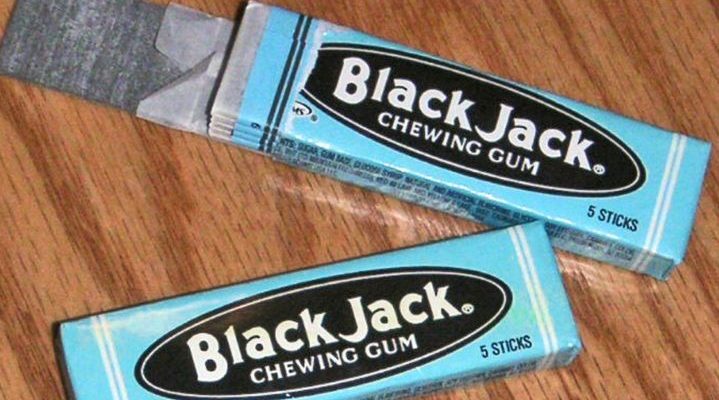Do you ever wonder why chewing gum is such a popular treat, especially when we were kids? I mean, who could resist blowing bubbles and breaking the rules by chewing gum in school? Well, the history of chewing gum is a captivating tale that spans centuries, connecting different cultures and defying the boundaries of time.

Ancient Gum: A Time-Tested Tradition
Believe it or not, chewing gum has been around since ancient times. The ancient Greeks and people from all over the world chewed on tree sap for centuries. Even the Mayans enjoyed the resinous sap from the sapodilla tree as far back as the 2nd century. In fact, there were Mexican workers called “chicleros” who climbed trees and cut the bark to release the sap, known as “chicle.” This ancient tradition lives on, and it’s where the famous Chiclets gum got its name.

While American settlers learned about chewing tree sap from Native Americans, it wasn’t until after the Mexican-American War that chewing gum became the sensational phenomenon we know today. In 1848, John B. Curtis started producing the first commercial chewing gum, flavored with delicious spruce.
The Gum Craze Takes Off
The habit of chewing chicle was brought to the United States by General Antonio López de Santa Anna, the exiled former president of Mexico. Santa Anna met Thomas Adams, who became his secretary during his time in Staten Island. Although Santa Anna believed chicle could be used as a substitute for rubber, it didn’t quite work out. However, Adams decided to experiment with it.
Thanks to Adams’ ingenuity, he discovered a way to heat, flavor, and shape chicle into sticks. Soon, he began selling these unique gum sticks, which gained immense popularity. One of Adams’ most beloved gums from the 1870s was Black Jack, a classic that many of us grew up with.
Following the success of Black Jack, Wrigley’s (1891) and Chiclets (1900) quickly entered the chewing gum scene. The first bubble gum was supposed to be called Blibber-blubber but turned out to be too sticky for customers in 1905. Eventually, in 1928, the bubble gum we know today was created and named Dubble Bubble.
In 1889, the chewing gum locket was invented. This handy contraption allowed people to save chewed gum for later use. Although it didn’t become popular until the 1910s, it became quite the item for ladies who needed a discreet way to dispose of their gum. You see, it was considered improper for women to chew gum at the time.
Gum Has Evolved

During World War II, various types of chewing gum were included in soldiers’ rations. It was believed that gum helped alleviate thirst, hunger, and stress among the troops. However, after the war, the process of making gum became predominantly synthetic. Stabilizers, waxes, and petroleum-based elastomizers replaced the plant-based ingredients that were once used.
From childhood favorites like Bazooka, Wrigley’s, and Teaberry to the wide range of flavors available today, it’s clear that chewing gum continues to captivate us. With its rich history and ever-expanding variety, it’s safe to say that our love for chewing gum isn’t fading anytime soon!



